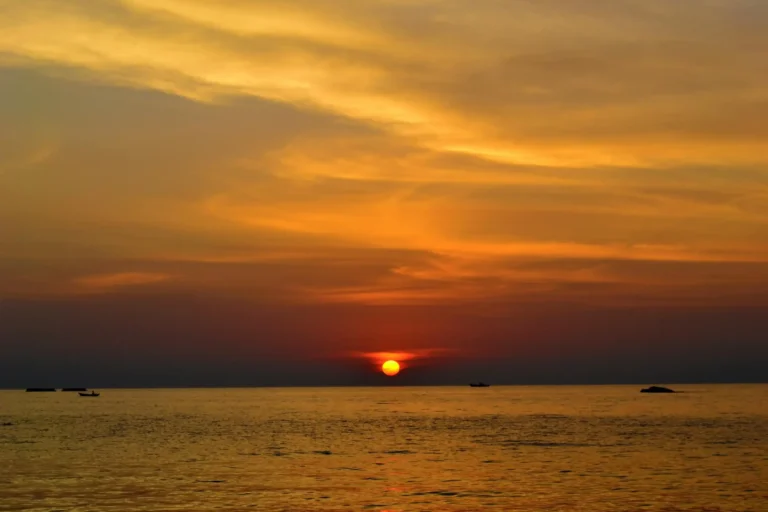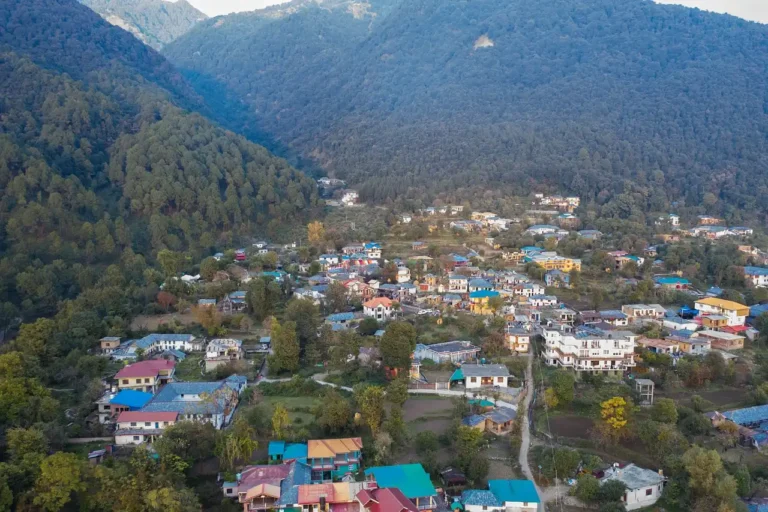‘Konark’ is widely believed to be a combination of two words, ‘Kona’ (corner or angle) and ‘arka’ (sun), due to its geographical positioning the ‘sun rises in that angle’. Also called the Surya Devalaya, it is a classic illustration of the Odisha style of Architecture or Kalinga Architecture. Konark Sun temple is dedicated to the Hindu Sun-god Surya, and built from Khondalite stone in the 13th century, having 12 pairs of beautifully carved, massive wheels and is drawn by seven galloping horses.
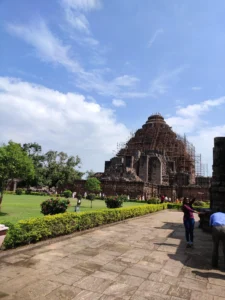
Konark sun temple was declared a UNESCO World Heritage Site in 1984. Konark Sun Temple is depicted on the reverse side of the Indian currency note of 10 rupees to signify its importance to Indian cultural heritage. This site gets even more fascinating due to an old legend that says, Lord Shiva himself worshipped the sun here to atone for his sins.
This temple was built in the 13th century by King Narasimhadeva I. He was from the Eastern Ganga Dynasty. The arrangement of magnets and iron plates was placed between every Stone piece. The placement was aligned so that the first rays of the sun would pass through the Natam Mandir dancing Hall.
While the temple is no longer a traditional place of worship due to decay, it still continues to shine brightly through various rituals and festivals that honour the Sun God Lord Surya and celebrate its history and glorious legacy.

Table of Contents
ToggleSun Worship Rituals at Konark
Lord Surya, has been worshipped in India for millions of years as the source of life. At Konark, sun worship rituals hold quite a significance, especially during solar events.
1. Daily Offerings and Surya Namaskar
Every day, thousands of devotees gather at the temple complex to perform Surya Namaskar and offer water to the rising. The symbolic act of facing the temple and the century-old tradition of offering prayers connects the devotees.
2. Ratha Saptami
Ratha Saptami is an important festival for Hindus. This festival pays tribute to Lord Surya. It is celebrated on the seventh day of the Hindu month of Magha. On this, you can feel Lord Surya’s movement across the sky in his chariot. Devotees often observe fasts on this holy day and bathe in holy rivers, to honor and seek blessings of Lord Surya for good health and prosperity.
At Konark, Ratha Saptami is observed through formal rituals. It is not possible within the sanctum hence, symbolic offerings, prayers, and cultural programs are held which transforms the temple into a spiritual haven for a day.
3. Makar Sankranti
Makar Sankranti is one of the most significant festivals for Hindus. This is considered an auspicious day for new beginnings. You will often see people making khichdi at their homes and Devotees offer sesame seeds, jaggery, water, rice and lentils while praying to Lord Surya for health.
4. Cultural Tourism
The Konark Festival plays an important role in the revival of Odisha’s tourism, culture and rich tradition. This place lights up during the festival but both locals and tourists take a keen interest in the festival. It apparently hosts numerous exhibitions of Odisha’s traditional handicrafts, stalls of local delicacies, and intriguing workshops on music, painting, and sculpture.
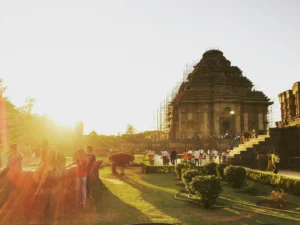
The Konark Dance Festival
The Konark Festival shows us a wide range of classical arts, but its most important dance form is Odissi. People from all across India visit here to watch one of the oldest surviving dance forms in India. Odissi originated in Odisha as the name suggests and was traditionally performed by Maharis, who were also called the temple dancers, as an offering to Lord Jagannath and Lord Surya.
- Reviving Temple Traditions
The Konark Dance Festival celebrates Odissi where dancers often begin their performances with ancient mudras that were once performed in the ancient temple’s natya mandapa.
- A Platform for Young Talent
While it also features various well-known classical artists, the festival also gives a platform for budding dancers and musicians. This ensures keeping alive the culture and classical traditions and it encourages the youth to connect with their cultural heritage.
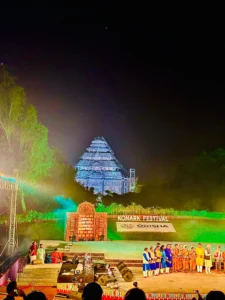
Chandrabhaga Mela( Magha Saptami)
Also known as the Kumbh of Odisha, this is one the most important religious gatherings near Konark which is called the Chandrabhaga Mela. Thousands of pilgrims gather at the Chandrabhaga beach, located just a few kilometres from the Konark Sun Temple, to take a holy dip in the sea before sunrise.
It is believed that this holy dip will apparently cleanse your sins like it says for a holy dip in Kumbh. It is said that it will bring prosperity in your life, as the sun rises over the Bay of Bengal. After the dip, devotees offer prayers at a nearby place in the name of Lord Surya.
In recent years, a Light and Sound Show has been introduced at the temple complex to offer visitors a lens through Konark’s history, myths, and culture. It consists of the following themes:
- The temple’s construction and symbolism
- Stories from Hindu mythology
- Sun worship rituals
- The importance of the Konark Festival and Konark Dance Festival
- It connects the tourists with the temple’s history.
Beyond the Festivities
Though many of the temple’s original structures no longer exist or are on the verge of collapsing. The rituals, festivals, and celebrations at Konark keep its importance alive. Whether through classical dance, music or prayers.
Conclusion
The Konark Sun Temple is a living legend of the impactful history and science of our ancestors. It also sheds light on India’s long centuries worth of devotion to the sun, to dance, to art, and it also shows us how intelligent our ancestors were even at that time. To build such a grand architectural temple which was the talk of centuries. Even though the site is slowly depleting, it shows us who we were back in the time. Through rituals of sun worship, festivals like Ratha Saptami, and celebrations such as the Konark Festival and Konark Dance Festival, this ancient site still brings joy and pride to the people in Odisha and all across India.

